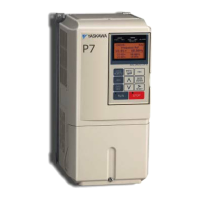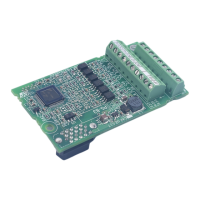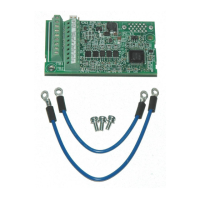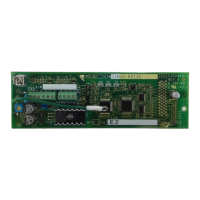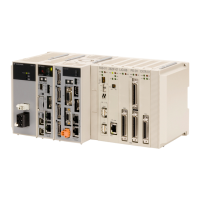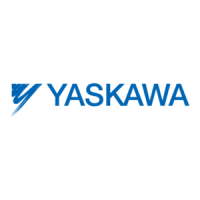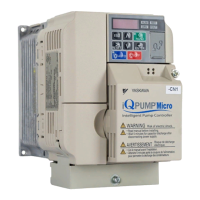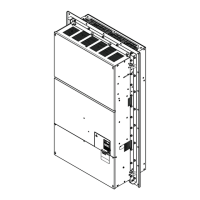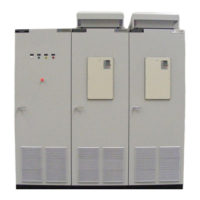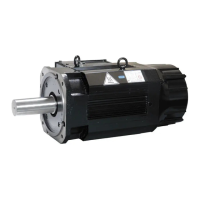n
Starting Auto-Tuning
WARNING! Sudden Movement Hazard. The drive and motor may start unexpectedly during Auto-Tuning, which could result in death or
serious injury. Ensure the area surrounding the drive motor and load are clear before proceeding with Auto-Tuning.
WARNING! Electrical Shock Hazard. High voltage will be supplied to the motor when Stationary Auto-Tuning is performed even with the
motor stopped, which could result in death or serious injury. Do not touch the motor until Auto-Tuning has been completed.
NOTICE: Rotational Auto-Tuning will not function properly if a holding brake is engaged on the load. Failure to comply could result in improper
operation of the drive. Ensure the motor can freely spin before beginning Auto-Tuning.
Enter the required information from the motor nameplate. Press to proceed to the Auto-Tuning start display.
Note: These instructions continue from Step 6 in “Enter Data from the Motor Nameplate”.
Step Display/Result
1.
After entering the data listed on the motor nameplate, press to confirm.
- A.TUNE -
0.00 Hz/ 0.00A
Tuning Ready ?
DRV
Auto-Tuning
Rdy
ESC FWD
Press RUN key
2.
Press to activate Auto-Tuning. flashes. The drive begins by injecting current
into the motor for about 1 min, and then starts to rotate the motor.
Note: The first digit on the display indicates which motor is undergoing
Auto-Tuning. The second digit indicates the type of Auto-Tuning being
performed.
- A.TUNE -
X.XX Hz/ X.XXA
DRV
Tune Proceeding
Rdy
FWD
<<<<<< >>> >>>
3. Auto-Tuning finishes in approximately one to two minutes.
- MODE -
End
Tune Successful
DRV
FWD RESET
u
T1: Parameter Settings during Induction Motor Auto-Tuning
The T1-oo parameters set the Auto-Tuning input data for induction motor tuning.
Note: For motors operating in the field weakening range, first perform the Auto-Tuning with the base data. After Auto-Tuning is complete, change
E1-04, Maximum Output Frequency, to the desired value.
n
T1-01: Auto-Tuning Mode Selection
Sets the type of Auto-Tuning to be used. Refer to Auto-Tuning for Induction Motors on page 129 for details on the different
types of Auto-Tuning.
No. Name Setting Range Default
T1-01 Auto-Tuning Mode Selection 2, 3 2
Setting 2: Stationary Auto-Tuning for Line-to-Line Resistance
Setting 3: Rotational Auto-Tuning for V/f Control
n
T1-02: Motor Rated Power
Sets the motor rated power according to the motor nameplate value.
No. Name Setting Range Default
T1-02 Motor Rated Power 0.00 to 650.00 kW Determined by o2-04
n
T1-03: Motor Rated Voltage (T1-01 = 3)
Sets the motor rated voltage according to the motor nameplate value. Enter the voltage base speed here if the motor is operating
above base speed.
Enter the voltage needed to operate the motor under no-load conditions at rated speed to T1-03 for better control precision
around rated speed when using a vector control mode. The no-load voltage can usually be found in the motor test report
available from the manufacturer. If the motor test report is not available, enter approximately 90% of the rated voltage printed
on the motor nameplate. This may increase the output current and reduce the overload margin.
4.7 Auto-Tuning
132
YASKAWA SIEP YAIP1U 01C AC Drive - P1000 Technical Manual
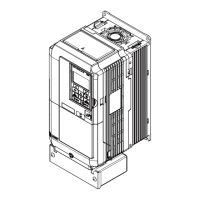
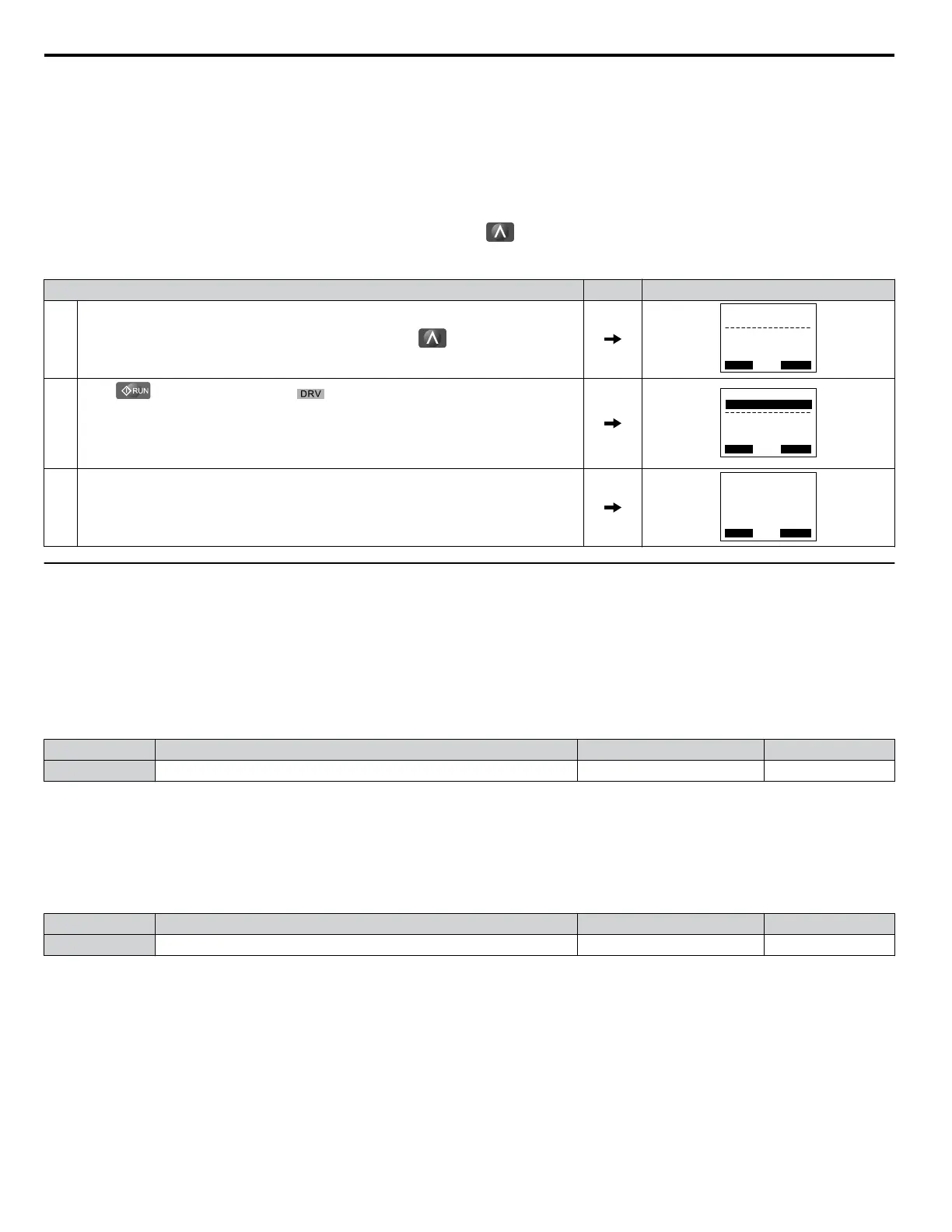